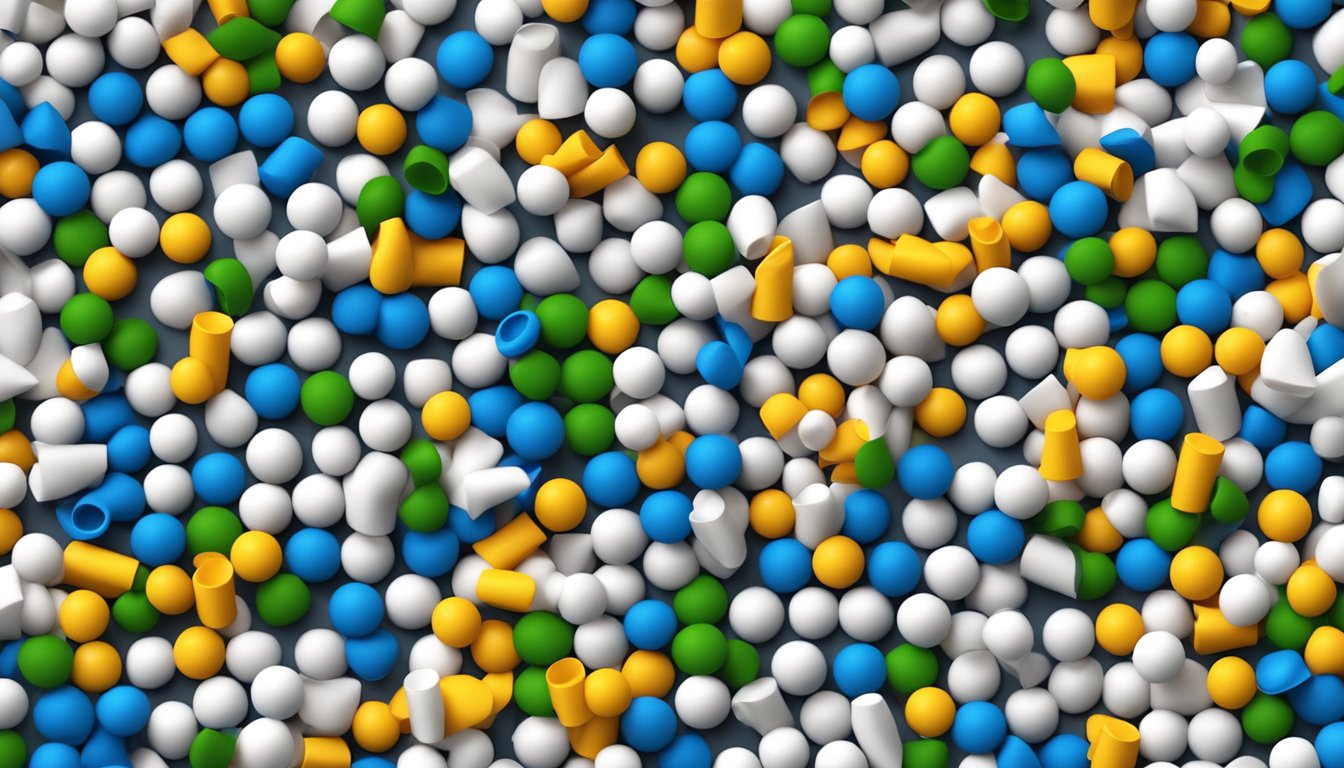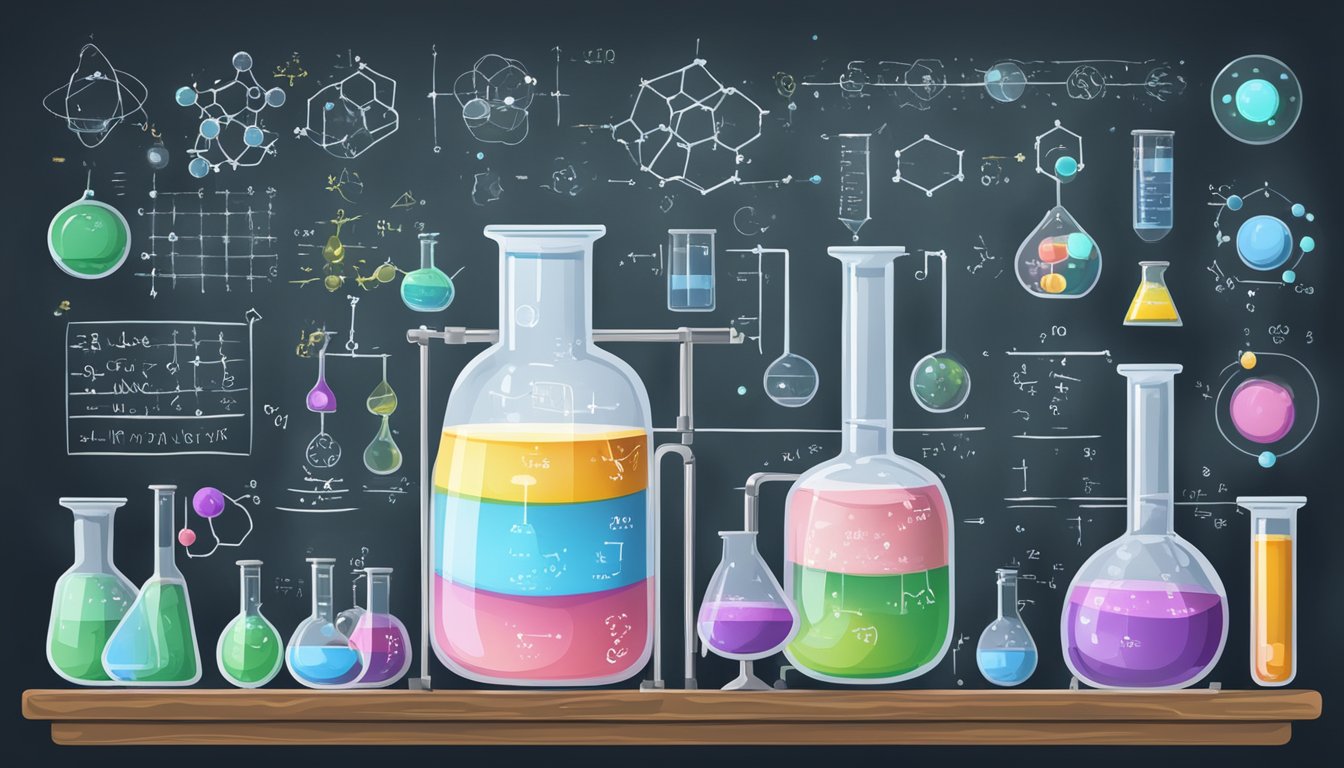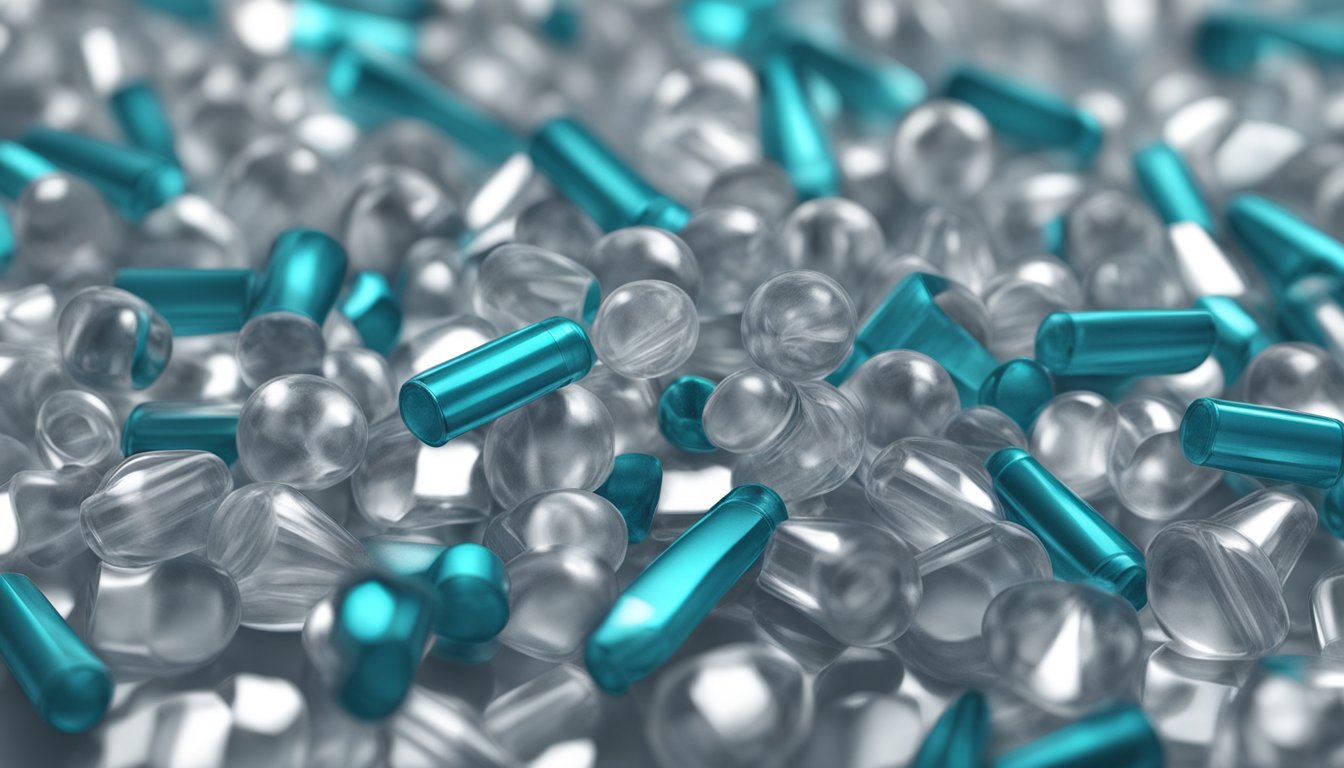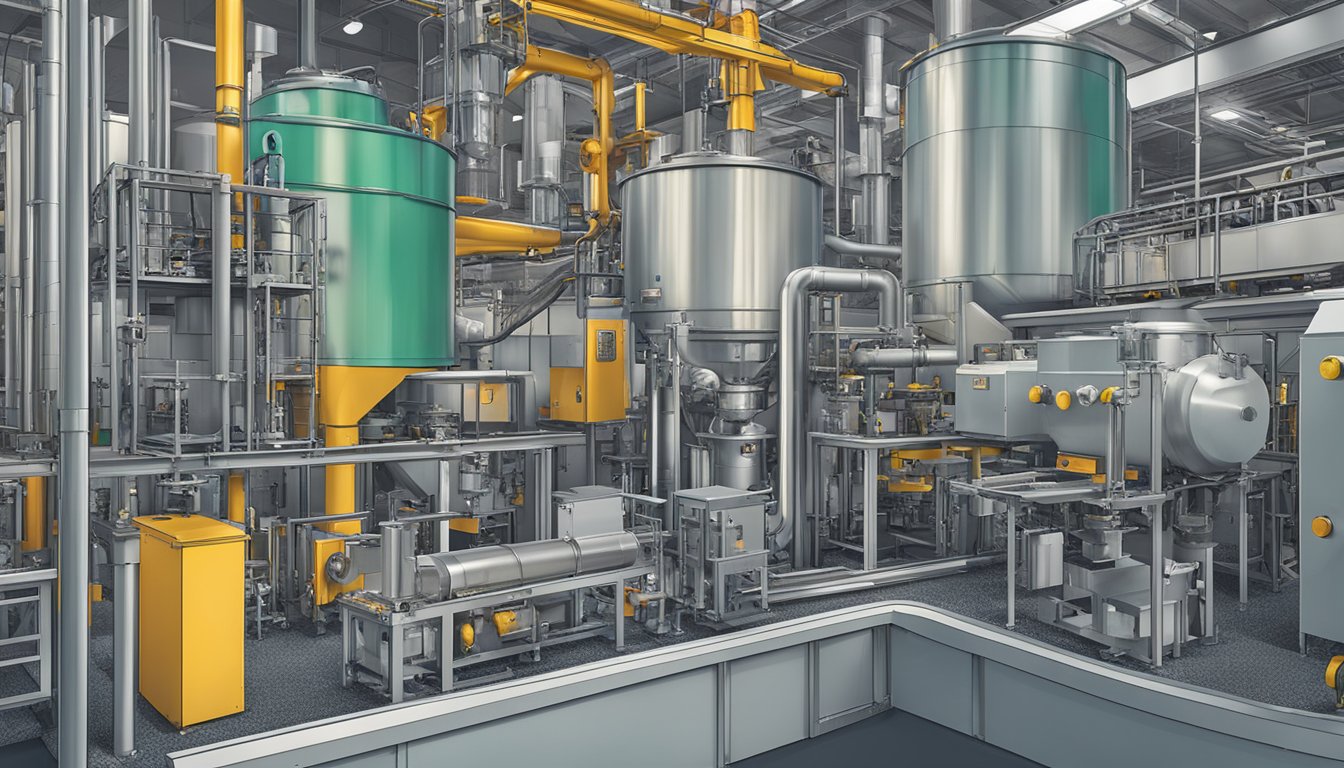General Purpose Polystyrene (GPPS): Properties, Uses, and Applications
19/01/2024
General purpose polystyrene (GPPS) is a versatile thermoplastic polymer that is widely used in various industrial and consumer applications. It is a colorless, transparent, and rigid material that is easy to process and has good dimensional stability. GPPS is made from styrene monomer through a process called polymerization, which involves linking together thousands of styrene molecules to form long chains.

One of the key advantages of GPPS is its excellent clarity and transparency, which makes it a popular choice for packaging and display applications. It is commonly used to produce clear plastic cups, trays, lids, and containers, as well as CD and DVD cases, office supplies, and consumer electronics. GPPS is also widely used in the automotive industry for interior and exterior parts, such as instrument panels, grilles, and trim.
Despite its many benefits, GPPS does have some limitations. It is brittle and can easily crack or break under stress, which makes it unsuitable for certain high-impact applications. GPPS is also prone to yellowing and discoloration over time when exposed to UV light, which can affect its appearance and performance. Nonetheless, GPPS remains a popular and cost-effective choice for many applications due to its ease of processing, clarity, and versatility.
Chemical Composition of GPPS

General purpose polystyrene (GPPS) is a thermoplastic polymer that is widely used in various applications due to its excellent properties. GPPS is composed of a single monomer, styrene, which is a colorless liquid that is highly flammable. The chemical formula of styrene is C8H8, and it is a derivative of benzene.
GPPS is manufactured by polymerizing styrene monomer using a free radical initiator. The polymerization process results in the formation of long chains of styrene molecules, which are then cooled and cut into small beads. These beads are then used as a raw material to manufacture various products.
The chemical composition of GPPS is primarily composed of styrene monomer, which accounts for more than 99% of its composition. The remaining 1% is made up of various additives, such as colorants, stabilizers, and processing aids. These additives are added to improve the properties of GPPS and make it suitable for various applications.
In summary, GPPS is a thermoplastic polymer that is composed of styrene monomer and various additives. The chemical composition of GPPS plays a crucial role in determining its properties and suitability for various applications.
Physical Properties of GPPS

General Purpose Polystyrene (GPPS) is a thermoplastic polymer that is widely used in various applications due to its excellent physical properties. Here are some of the key physical properties of GPPS:
Density
GPPS has a density of around 1.04 g/cm³, which makes it a lightweight material. This property makes it suitable for applications where weight is a critical factor, such as packaging materials.
Transparency
GPPS is a transparent material that allows light to pass through it easily. This property makes it an ideal choice for applications where clarity and transparency are essential, such as food packaging, optical lenses, and display cases.
Hardness
GPPS is a hard material that offers good resistance to scratching and abrasion. This property makes it suitable for applications that require a high degree of durability, such as toys, electronic housings, and automotive parts.
Brittleness
GPPS is a brittle material that can break easily under stress. This property makes it unsuitable for applications that require high impact resistance, such as safety helmets and protective gear.
Thermal Properties
GPPS has a low melting point of around 240°C, which makes it easy to process using various manufacturing techniques such as injection molding and extrusion. However, it has poor heat resistance, which limits its use in high-temperature applications.
In summary, GPPS is a versatile material that offers several physical properties that make it suitable for a wide range of applications. Its lightweight, transparency, hardness, and low melting point make it an ideal choice for packaging, display, and consumer goods. However, its brittleness and poor heat resistance limit its use in high-stress and high-temperature applications.
Manufacturing Process of GPPS

General Purpose Polystyrene (GPPS) is a thermoplastic polymer that is widely used in various applications, such as packaging, toys, and consumer goods. The manufacturing process of GPPS involves several steps, including polymerization, additives and stabilizers, and molding and extrusion.
Polymerization Techniques
The polymerization process is the first step in the manufacturing of GPPS. There are two main techniques used for polymerization: suspension polymerization and bulk polymerization. In suspension polymerization, the monomer is suspended in a liquid medium, and a polymerization initiator is added to start the reaction. In bulk polymerization, the monomer is heated to a high temperature, and a polymerization initiator is added to start the reaction.
Additives and Stabilizers
Additives and stabilizers are added to the polymer during the polymerization process or after the polymerization is complete. These additives and stabilizers improve the properties of the polymer, such as its strength, durability, and resistance to heat and UV radiation. Some common additives and stabilizers used in the manufacturing of GPPS include antioxidants, UV stabilizers, and flame retardants.
Molding and Extrusion
After the polymerization and additives and stabilizers are complete, the GPPS is ready for molding and extrusion. In molding, the GPPS is melted and injected into a mold to create a specific shape. In extrusion, the GPPS is melted and forced through a die to create a continuous shape, such as a sheet or tube. Both molding and extrusion processes require careful control of temperature, pressure, and cooling to ensure the final product has the desired properties.
Overall, the manufacturing process of GPPS is a complex and precise process that requires careful control of various parameters to achieve the desired properties. By understanding the different steps involved in the process, you can appreciate the quality and versatility of this widely used thermoplastic polymer.
Applications of GPPS
General Purpose Polystyrene (GPPS) is a versatile plastic that finds applications in a wide range of industries. Here are some of the common applications of GPPS:
Packaging
GPPS is commonly used in the packaging industry to make containers, trays, and other packaging materials. GPPS is an excellent choice for packaging applications because of its clarity, stiffness, and ease of processing. It is commonly used for packaging food, cosmetics, and other consumer products.
Consumer Products
GPPS is used to make a variety of consumer products, including toys, appliances, and electronic housings. Its clarity, stiffness, and ease of processing make it an ideal choice for these applications. GPPS is also used to make disposable cutlery, plates, and cups.
Building and Construction
GPPS is used in building and construction applications for making light diffusers, skylights, and other glazing materials. Its clarity and light transmission properties make it an excellent choice for these applications. GPPS is also used to make decorative moldings, trim, and other architectural features.
Overall, GPPS is a versatile plastic with a wide range of applications. Its clarity, stiffness, and ease of processing make it an ideal choice for packaging, consumer products, and building and construction applications.
Environmental Impact and Recycling
Biodegradability
General Purpose Polystyrene (GPPS) is not biodegradable, meaning that it cannot be broken down naturally by microorganisms. Therefore, it can take hundreds of years to decompose in landfills, contributing to the accumulation of plastic waste in the environment.
Recycling Methods
Recycling GPPS is possible and has a positive impact on the environment. It reduces the amount of waste sent to landfills and conserves natural resources. However, GPPS recycling is not as common as other types of plastics, such as PET or HDPE.
One of the main challenges with GPPS recycling is the difficulty in separating it from other plastics, as it has a similar density and chemical composition. However, there are still several methods that can be used to recycle GPPS, including:
- Mechanical Recycling: This process involves shredding and melting the GPPS, then reforming it into new products.
- Chemical Recycling: This process breaks down the GPPS into its chemical components, which can then be used to create new products.
- Energy Recovery: This process involves burning the GPPS to generate energy, which can be used to power homes and businesses.
It is important to note that not all recycling facilities are equipped to handle GPPS. Therefore, it is important to check with your local recycling facility to determine if they accept GPPS and what specific guidelines they have for recycling it.
Overall, while GPPS is not biodegradable, it can still be recycled and have a positive impact on the environment. By properly disposing of GPPS and recycling it when possible, you can help reduce the amount of plastic waste in the environment.
Market Trends and Economics
General Purpose Polystyrene (GPPS) is a widely used polymer with a diverse range of applications. The demand for GPPS is expected to grow in the coming years due to its excellent properties such as clarity, stiffness, and dimensional stability. The market for GPPS is driven by various factors such as the rise in demand for packaging materials, increasing demand for consumer goods, and the growth of the construction industry.
The GPPS market is highly competitive, with several players operating in the market. The market is dominated by a few major players, but there are also several small and medium-sized players that operate in niche markets. The competition in the market is driven by factors such as price, quality, and innovation.
The prices of GPPS are influenced by various factors such as raw material costs, production costs, and demand-supply dynamics. The prices of GPPS have been volatile in the past few years due to fluctuations in the prices of raw materials such as styrene monomer. The demand for GPPS is also influenced by macroeconomic factors such as GDP growth, inflation, and interest rates.
In conclusion, the GPPS market is expected to grow in the coming years due to the increasing demand for packaging materials, consumer goods, and the growth of the construction industry. The market is highly competitive, and the prices of GPPS are influenced by various factors such as raw material costs, production costs, and demand-supply dynamics.
Regulatory and Safety Standards
When it comes to the production and use of General Purpose Polystyrene (GPPS), there are several regulatory and safety standards in place to ensure that the material is safe for both consumers and the environment.
In the United States, the Environmental Protection Agency (EPA) regulates the production and use of GPPS through the Toxic Substances Control Act (TSCA). Under TSCA, GPPS is considered a “low-risk” material, meaning that it does not pose a significant risk to human health or the environment when used as intended.
In Europe, GPPS is regulated under the Registration, Evaluation, Authorization, and Restriction of Chemicals (REACH) regulation. REACH requires manufacturers to register their GPPS products and provide information on their potential risks to human health and the environment.
In addition to these regulations, GPPS manufacturers also adhere to industry-specific safety standards to ensure the quality and safety of their products. For example, the International Organization for Standardization (ISO) has developed standards for the production and testing of GPPS, including ISO 9001 for quality management and ISO 14001 for environmental management.
Overall, the regulatory and safety standards surrounding GPPS provide assurance to consumers that the material is safe and reliable for use in a variety of applications, from packaging to consumer goods.
Frequently Asked Questions
What are the common applications of General Purpose Polystyrene (GPPS)?
General Purpose Polystyrene (GPPS) is a versatile plastic that is widely used in the manufacturing of consumer goods. Some common applications of GPPS include food packaging, disposable cups and plates, toys, and office supplies.
How does General Purpose Polystyrene differ from High Impact Polystyrene?
General Purpose Polystyrene (GPPS) and High Impact Polystyrene (HIPS) are two different types of polystyrene plastics. GPPS is a rigid, brittle plastic that is used in applications where clarity and rigidity are important. HIPS, on the other hand, is a tougher, more impact-resistant plastic that is used in applications where strength and durability are important.
What are the key material properties of GPPS?
GPPS is a thermoplastic polymer that is characterized by its clarity, rigidity, and ease of processing. It has a relatively low melting point, is lightweight, and is resistant to moisture and chemicals.
Where can one find data sheets for General Purpose Polystyrene?
Data sheets for General Purpose Polystyrene (GPPS) can be found on the websites of manufacturers and distributors of the plastic. These data sheets provide information on the material properties, processing guidelines, and safety considerations for GPPS.
How is the market for General Purpose Polystyrene evolving?
The market for General Purpose Polystyrene (GPPS) is evolving as manufacturers and consumers become more aware of the environmental impact of plastic waste. There is a growing demand for sustainable alternatives to traditional plastics, and GPPS manufacturers are exploring new ways to reduce the environmental impact of their products.
What are some examples of products made from General Purpose Polystyrene?
General Purpose Polystyrene (GPPS) is used in a wide range of products, including food packaging, disposable cups and plates, toys, and office supplies. Some specific examples of products made from GPPS include CD cases, refrigerator liners, and cosmetic packaging.




